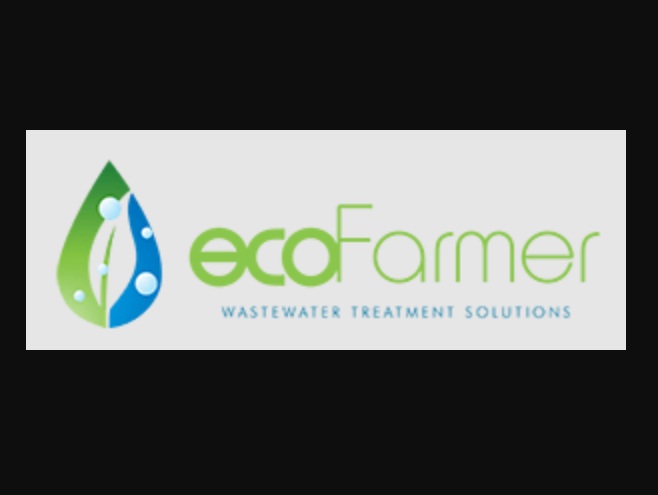
Wastewater treatment, also called sewage treatment, the removal of impurities from wastewater, or sewage, before it reaches aquifers or natural bodies of water such as rivers, lakes, estuaries, and oceans. Since pure water is not found in nature (i.e., outside chemical laboratories), any distinction between clean water and polluted water depends on the type and concentration of impurities found in the water as well as on its intended use. In broad terms, water is said to be polluted when it contains enough impurities to make it unfit for a particular use, such as drinking, swimming, or fishing. Although water quality is affected by natural conditions, the word pollution usually implies human activity as the source of contamination.
Sewage Treatment Plant
Sewage treatment plants (STPs) are the main pollution source of micropollutants, including pharmaceuticals and personal care products (PPCPs). Understanding the biotreatment processes of domestic and hospital wastewaters is important for the optimization of micropollutant degradation at the discharge source in order to decrease their concentrations and associated biological effects. It is known that a large group of compounds comprising aliphatic, aromatic, and halogenated molecules are co-metabolized during nitrification by the enzyme ammonia monooxygenase (AMO).
- Sequencing Batch Reactor (SBR)
- Moving Bed Biofilm Reactor (MBBR)
- Membrane Bioreactor (MBR)
- Rotating Biological Contactor / Disc system (RBC)
- Activated Sludge Plant (ASP)
- Suspended Media Filters (SMF)
- Submerged Aerated Filter (SAF)
- Non-Electric Filter
- Trickling Filter
Effluent Treatment Plant
Effluent is generated in many manufacturing industries like textile, pharmaceuticals and chemicals, tanneries etc. Contaminated water cannot be released without treatment as it contains toxic and non-toxic chemicals. Releasing it may cause contamination of the existing pure water and will affect the environment. As a result ETP’s are installed in most manufacturing industries.
The Effluent treatment plants (ETP) are used for the removal of high amounts of organic compounds, debris, dirt, grit, pollution, toxic, non-toxic materials and polymers etc. from industrial effluent. The ETP plants use evaporation and drying methods and other auxiliary techniques such as centrifuging, filtration , incineration for chemical processing and effluent treatment.




























